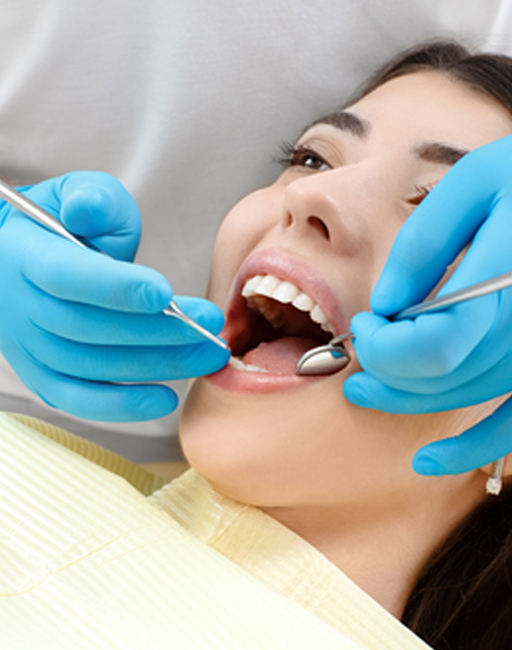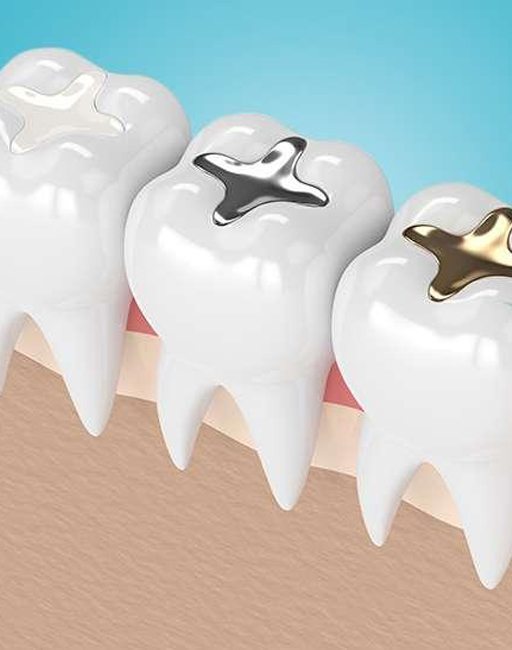What is a fluoride application?
Fluoride treatments are typically professional treatments containing a high concentration of fluoride that a dentist or hygienist will apply to a person’s teeth to improve health and reduce the risk o cavities. These in-office treatments may take the form of a solution, gel, foam, or varnish.
What are the methods of fluoride application?
Most commonly, fluoride is applied topically to the teeth using gels, varnishes, toothpaste/dentifrices or mouth rinse. Systemic delivery involves fluoride supplementation using tablets or drops which are swallowed.
What is the most useful fluoride application?
Fluoride-containing toothpaste is the most commonly used form of self-applied fluoride worldwide. Fluoride in toothpaste is taken up directly by the dental plaque and demineralized enamel and also increases the concentration of fluoride in saliva.









